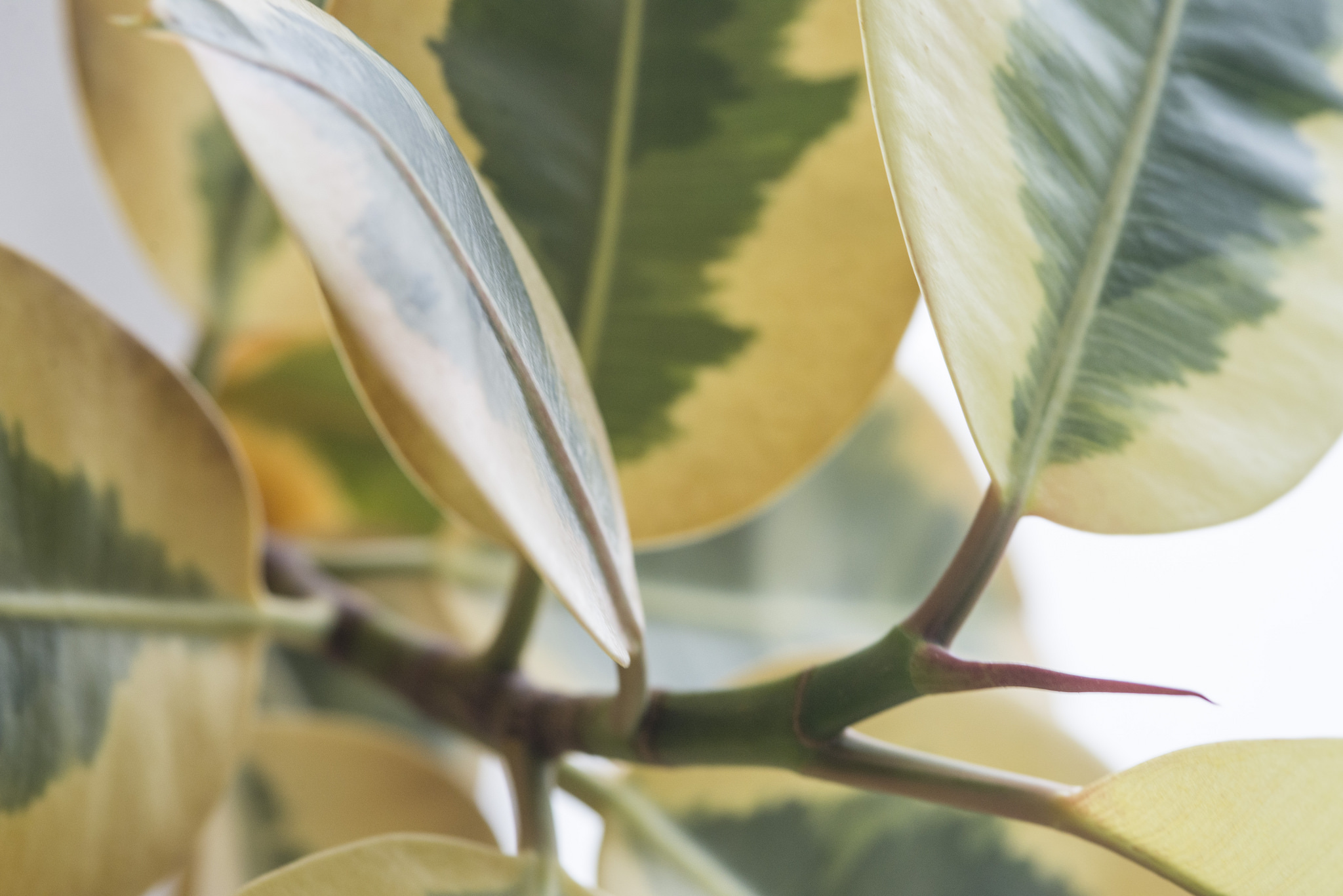Insects lurking under leaves, climbing up stems and settling into the soil of houseplants frustrate indoor gardeners to no end.
But there are answers, according to experts with Oregon State University’s Extension Service.
Winter is a good time to check indoor plants for sap-sucking insects like mites, thrips, mealybugs, scales, whiteflies and aphids. Spotting problems and responding to them early can keep populations from exploding.
There are a number of strategies to keep your indoor pests at bay without resorting to chemical controls.
First of all, learn your houseplants’ needs and keep them healthy with the correct amount of light, water and nutrition. Stressed plants encourage problems. For example, hot, dry and dusty conditions promote mite outbreaks and feeding plants too much high-nitrogen fertilizer makes for a delicious dinner for aphids.
When you spot some insects, it’s necessary to identify the pest before treating since different insects require different treatments. If you don’t know, put a few infested leaves in a plastic bag and go to your nearest Extension office or take a photo and submit it to Ask an Expert, an online Extension question-and-answer feature.
Once you determine that you’ve got a problem isolate infested plants from others so the insects don’t spread from plant to plant.
If whiteflies are present, you can carefully vacuum them off with a hand-held vacuum, dislodge them with a soft spray of water or wipe leaves with a sponge. If you go the vacuum route, freeze the bag to kill the contents.
Another trick is to place aluminum foil around the base of a plant. This may disorient winged pests like thrips and aphids and discourage them from landing. Or paint a small dish yellow and fill it with water to attract and drown them.
Use yellow sticky traps, available at garden centers, to capture aphids and whiteflies. Blue sticky traps are good for snaring adult thrips while white ones work best for adult fungus gnats. Kill fungus gnat larvae that live in the soil by reducing the amount of water you give plants; they love moisture. Also, remove standing water in the saucer.
Swabbing bug-ridden leaves with a small paintbrush dipped in rubbing alcohol will destroy soft-bodied aphids and mealybugs. This works best when infestations have just gotten started.
Some pests can be easily eliminated by shaking them onto a sheet of paper and discarding; or by hand if you are not too squeamish. Pinch off heavily infested leaves or other plant parts and destroy.
Spray plants plagued by soft-bodied pests with gentle insecticidal soaps or light horticultural oils available at garden centers. These may hurt some plants, so spot treat one leaf first. Also, soaps and oils are not as effective on winged adults, because they fly off and come back later.
You may want to consider throwing out heavily infested plants. Discard soil and clean the pot or container as well.
If you feel you have to resort to chemical pesticides, keep in mind that few pesticides are registered or considered safe for indoor use on houseplants. Read labels carefully for where and how to use a pesticide. If indoor use is not listed on the label, take the plant to be treated outside, away from children and pet traffic areas. Leave the plant outside a day or two after spraying.

